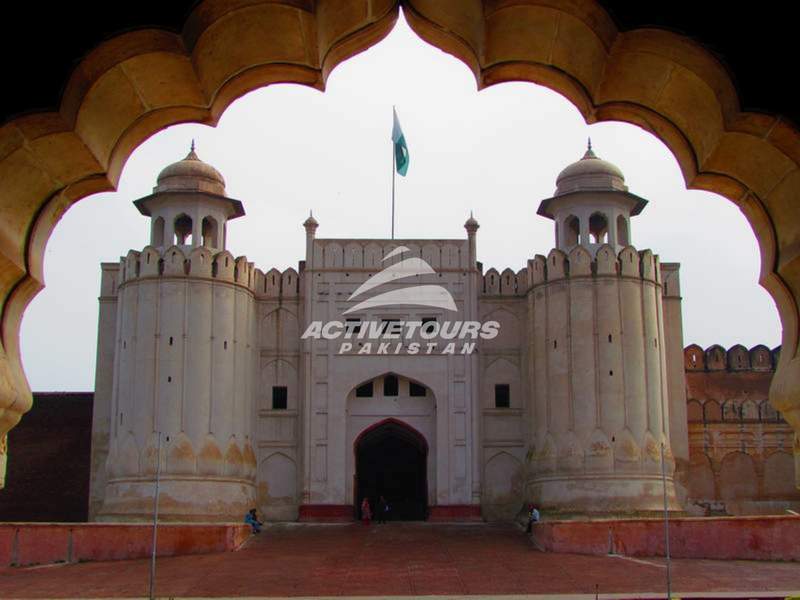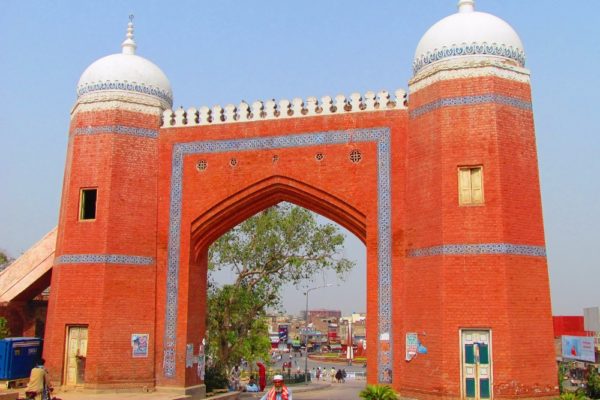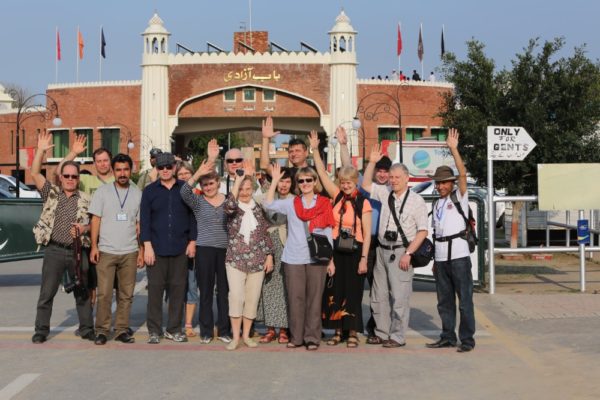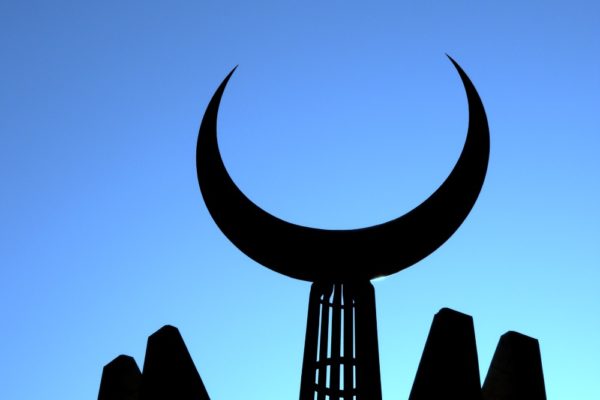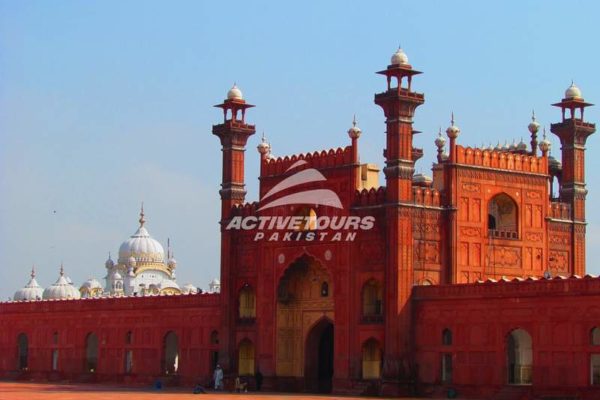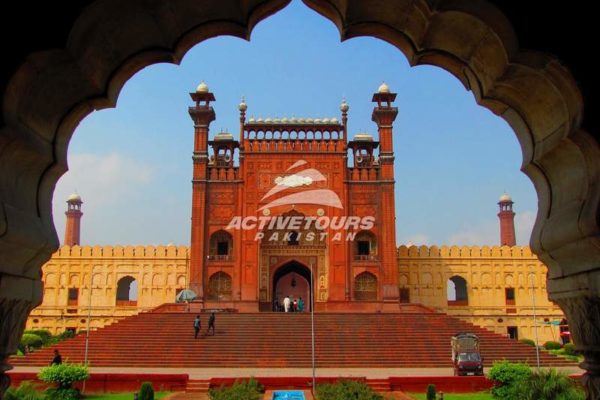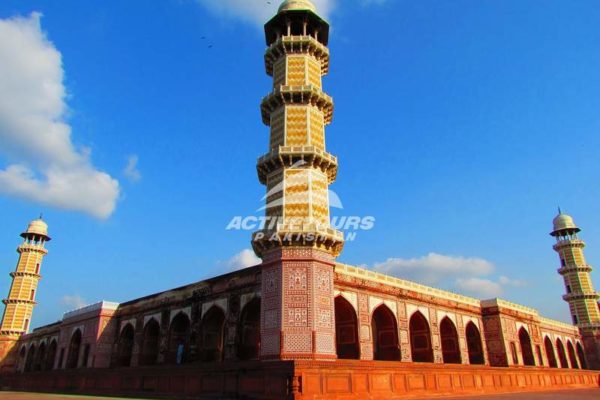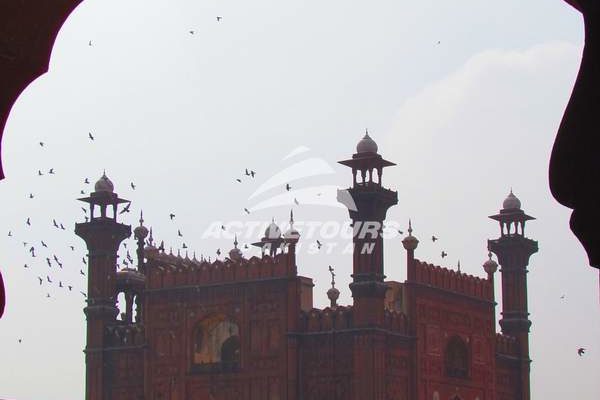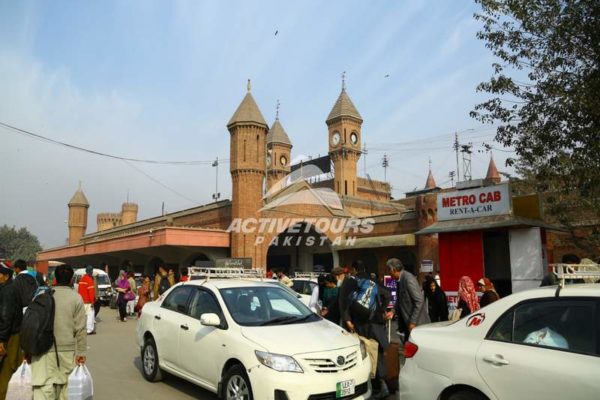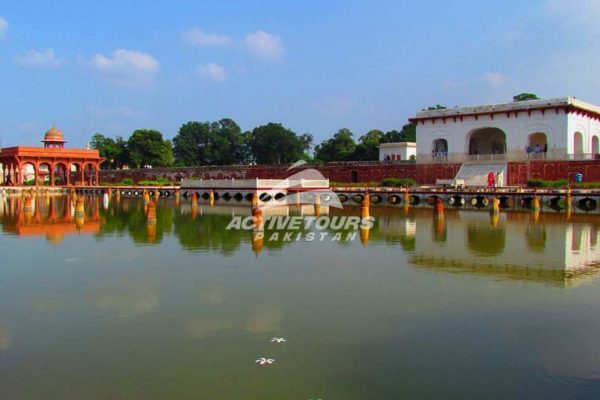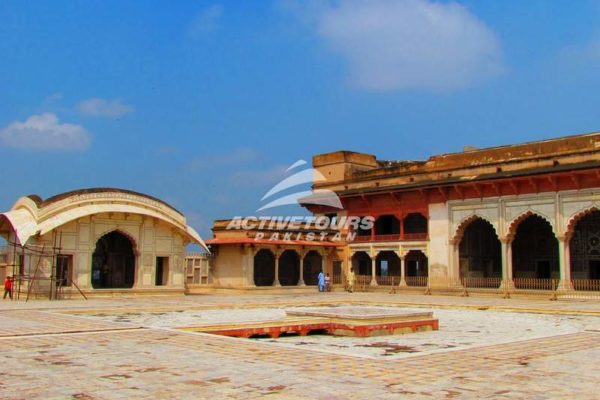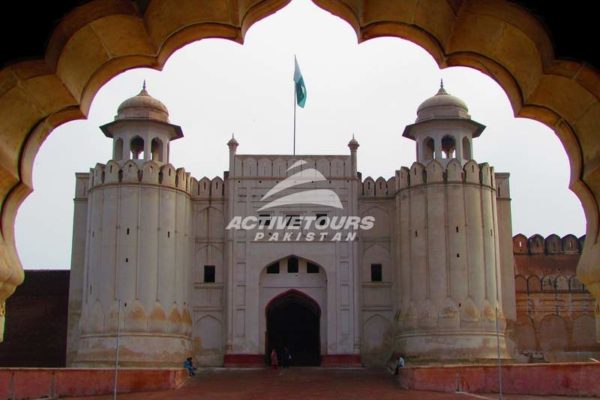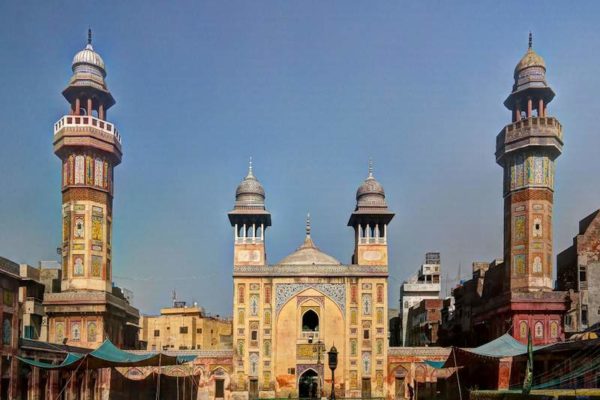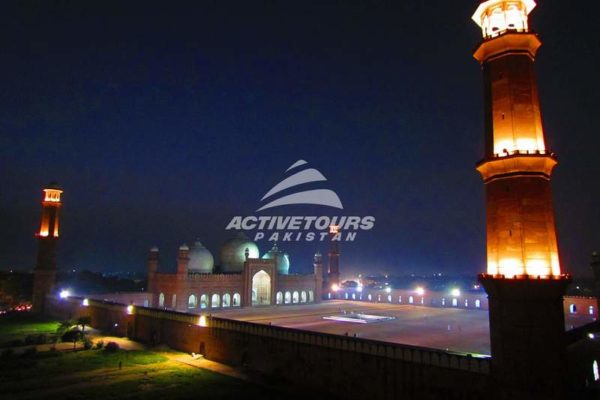Pakistan is the treasure house of Muslims architecture. Lahore, the cultural hub of Pakistan, is situated along the bank of Ravi River. The city has witnessed the rise and fall of many dynasties like Ghaznawis (1021-1186 AD), Ghoris (1186-1202 AD) and slaves (1206 – 1524 AD) before the arrival of the Mughal dynasty (1524-1764 AD).
Lahore is an historic city. Not only the Muslims, but people of different religions like the Hindus, Sikhs and the Christians have ruled in this area. Consequently, the evolution of Lahore city has arisen with a specific culture and origin since antiquity. But, it was the Turko Persian character that left durable and dominant effects on this city. It has been an important centre to control the surrounding territories and one way or the other, it has remained the centre of north western India, and now Pakistan.
The Mughal Period: (1524 -1712AD) among all the rulers, the Mughals have left their indelible influence on the art and culture of Lahore. During their rule of almost two centuries (185 yrs), they made Lahore almost the second capital of India. A traveler from Europe in seventeenth century described Lahore as extensive and populous city, with bazars full of valuable goods. The first Mughal Emperor, Babur captured Lahore in 1526. Later on, Lahore remained as capital of India for 14 years from 1584 to 1598 during the reign of Akbar (1556-1605), the 3rd Mughal Emperor. He rebuilt the already existing Fort and enclosed the city with burnt brick wall having 12 prestigious gates. Among these gates, the famous Masjidi Gate was constructed in 1566 A.D just opposite the eastern gate of Lahore Fort (figure 6). His successor, Emperor Jahangir, was very fond of this city and used to hold courts here. He and his wife, Empress Noor Jahan has their tombs at the northwest periphery of Lahore city. He is also famous for the construction of a hunting resort, Hiran Minar at the outskirts of Lahore. The next heir was Shah Jahan, who was born in Lahore. The famous Shalimar Garden was built by him in 1642. Among all the Mughal Emperors, he was known as the “Great Builder”. During these days, Lahore became a royal residence where Mughal emperors spend some time every year. As a result of these royal connections, Lahore has acquired many Mughal architectural valuables. Jahangir and Shah Jahan’s architectural contributions included the extension of Lahore fort, construction of mosques, tombs, gardens, palaces, royal courts, caravan-sarais, Royal Baths (hammams), city walls, havelis (royal residences) etc.
These monuments exist even today and render distinction to Lahore as a “City of Gardens”. During the Mughal rule (1524 to 1712) Lahore city had touched the peak of its grandeur. The architectural contribution of the last of the Great Mughals, Aurangzeb (1658-1707), was the most famous monument Badshahi Mosque (1673) and the Alamgiri Gateway to the west side of the fort. The Badshahi Mosque was Aurangzeb’s legacy to the city.
Main features of Mughal Architecture: Mughal architectural monuments are a source of Lahore’s main distinction as a heritage city. Mughal buildings depict uniformity both in structure and character. They are characterized by their harmony, proportion, balance and symmetry. They used beautiful geometrical patterns in their buildings. The gardens were built on the Chahar Bagh concept. Mughal architectural elements include bulbous dome (single and double), slender minarets and cupolas at the four corners, large central hall, massive vaulted gateways, arched crenellation and kiosks with chatris (cupolas). In fact, the Mughal architecture was the result of an amalgamation of the indigenous and Persian Mughals, by utilizing the amazing skills of Indian craftsmen, who took their finished product in building to the highest degree of refinement, delicacy and perfection. The Mughal ornamentation included the inlay work, pietra dura, calligraphy, kashi kari, jali work and wood carving.
The British Colonial Period (1849-1947): After the death of Ranjit Singh, his successors were not able to compete the British army. So, almost after a century, the Punjab province was incorporated into British India in 1849. Once again Lahore housed the provincial and military headquarters of the province. Consequently, there was a period of western influences on this land. Just after the annexation, in order to establish their administrative hold over the city, the British built the railway station and the connecting buildings, law courts, town hall, museum, telegraph and post offices, banks, health and educational buildings. They also built a new town for themselves towards the south and south east of the walled city, called the “Donald Town.” Later, this became to be known as Civil Lines as it was built around the core of British national administrators. There were the offices, home, clubs, and shops comprising the total living environment of the British officers. In time the Indian officials and professionals also started living in this area.


